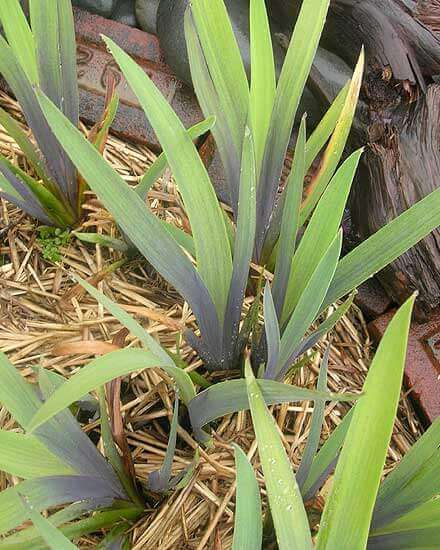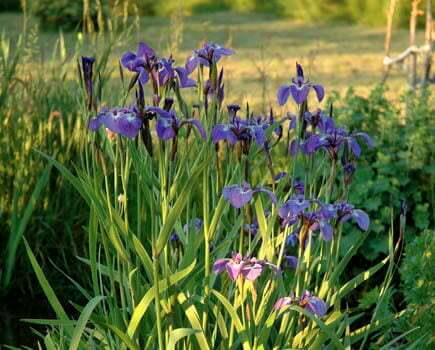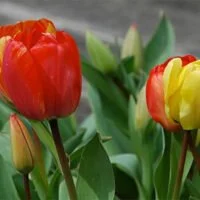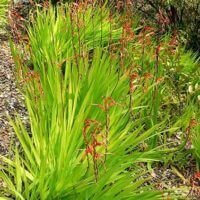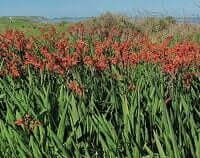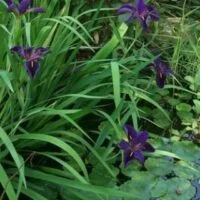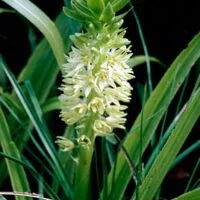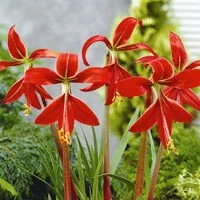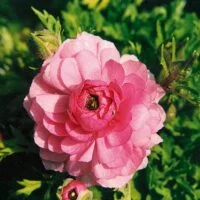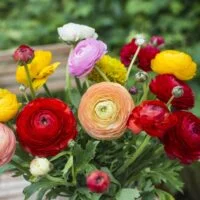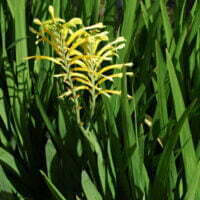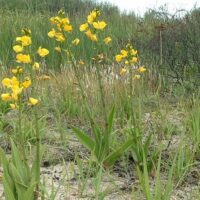| Botanical name | Iris species |
|---|---|
| Plant Care |  Deciduous Deciduous – Sheds Its Leaves Annually  Full Sun Full Sun – Prefers 6 or more hours of sun per day.  Half Sun Half Sun – Prefers 3 To 6 Hours of Sunlight a Day. Frost Hardy Frost Hardy – Can Handle frost without damage.  Moderate Watering Moderate Watering – Requires Regular Watering.  Non Indigenous Non Indigenous – Exotic to South Africa. |
| Size | |
| Categories | |
| Flowers | The flowers have 6 petals, usually 3 upright standards and 3 downward-curving falls, which may be bearded, beardless, or crested, and occurring in all colours. Flowering time: July, August, Septem |
| Common name(s) | Irises |
| Origin | |
| Foliage | This plant has sword-shaped foliage and is often arranged in fans. |
| Planting instructions | Irises generally do best in areas with a high summer rainfall, such as the highveld, the mist belt of the kZN Midlands and the eastern Free state. they are not well suited to the hot, humid conditions of coastal kZN and the Lowveld. April, |
| Maintenance | In drier areas, they need year-round watering and, in the Southwestern Cape, they should be watered regularly in Summer. |
| Propagation | The majority of irises are rhizomatous and are propagated by division. Falling into this category are the water-loving beardless irises and those long-stemmed beauties, the bearded irises. |
Iris species (Irises)
- Botanical name: Iris species
- Common name(s): Irises
- Categories: Bulbs
Plant description:
Modern irises have few rivals for colour and form in the herbaceous border. They are among the easiest plants to care for; in fact, they are so easy and rewarding that a few clumps or drifts (long, informally shaped clumps) are a must for virtually any garden. Irises generally do best in areas with a high summer rainfall, such as the highveld, the mist belt of the KZN Midlands and the eastern Free state. They are not well suited to the hot, humid conditions of coastal KZN and the Lowveld. In drier areas, they need year-round watering and, in the southwestern cape, they should be watered regularly in summer. The Iris genus is complicated to explain, but the primary difference between the groups is their root systems. Irises can be bulbous (having an actual bulb); tuberous (a cluster of fleshy, brittle, tuberous roots); or rhizomatous (a rhizome with attached feeding roots). The majority of irises are rhizomatous and are propagated by division. Falling into this category are the water-loving beardless irises and those long-stemmed beauties, the bearded irises.
Family: Iridaceae
Botanical Pronunciation: EYE-riss
Iris species requirements and features
info on these icons
Moderate Maintenance
Requires moderate maintenance.
Prohibited Use Notice: No Data Scraping Allowed Except for Search Engine Indexing:
The content provided on PlantInfo.co.za is intended for personal, non-commercial use only. Unauthorized extraction, reproduction, or use of the data, including scraping, for any purpose other than search engine indexing is strictly prohibited. Violations of these terms may result in legal action. By accessing and using this website, you agree to comply with these conditions and acknowledge the legal restrictions on the use of our content.
The flowers have 6 petals, usually 3 upright standards and 3 downward-curving falls, which may be bearded, beardless, or crested, and occurring in all colours.
Flowering time:
July,
August,
September,
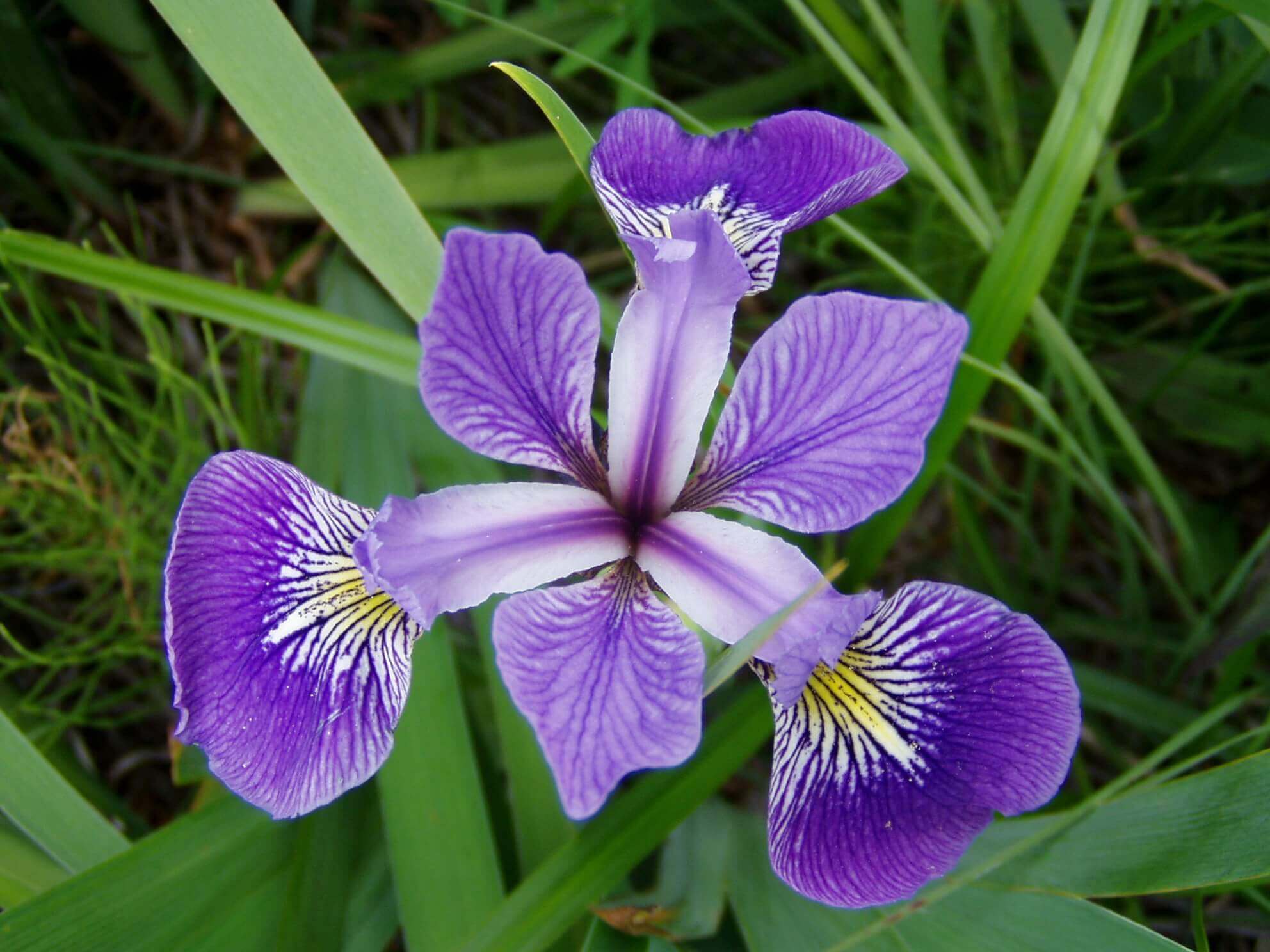
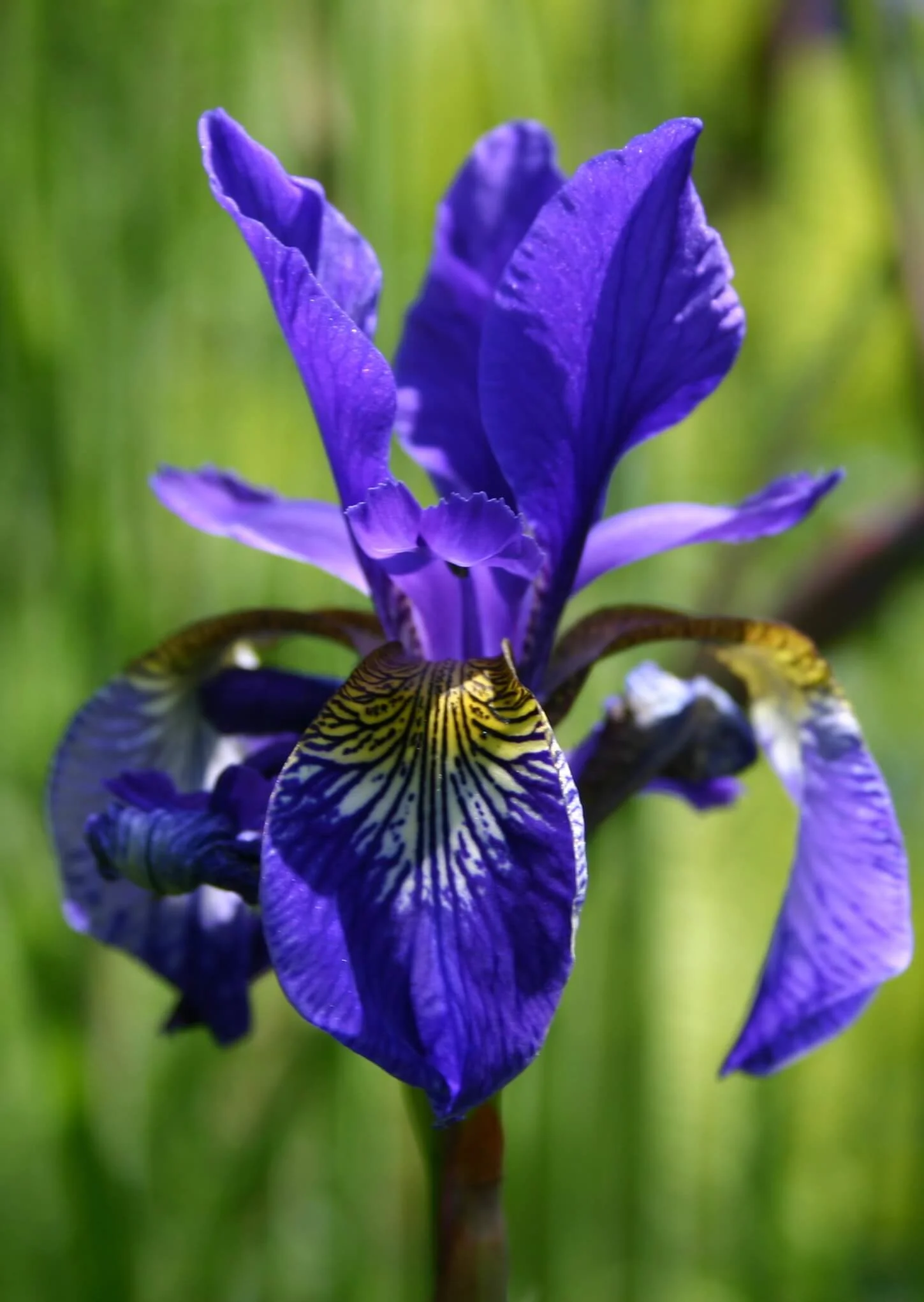
This plant has sword-shaped foliage and is often arranged in fans.
